‘Romantic brutalism’ rethinks Polish craft
An exhibition in Warsaw gives local makers their due, looking inside the burgeoning world of Polish design
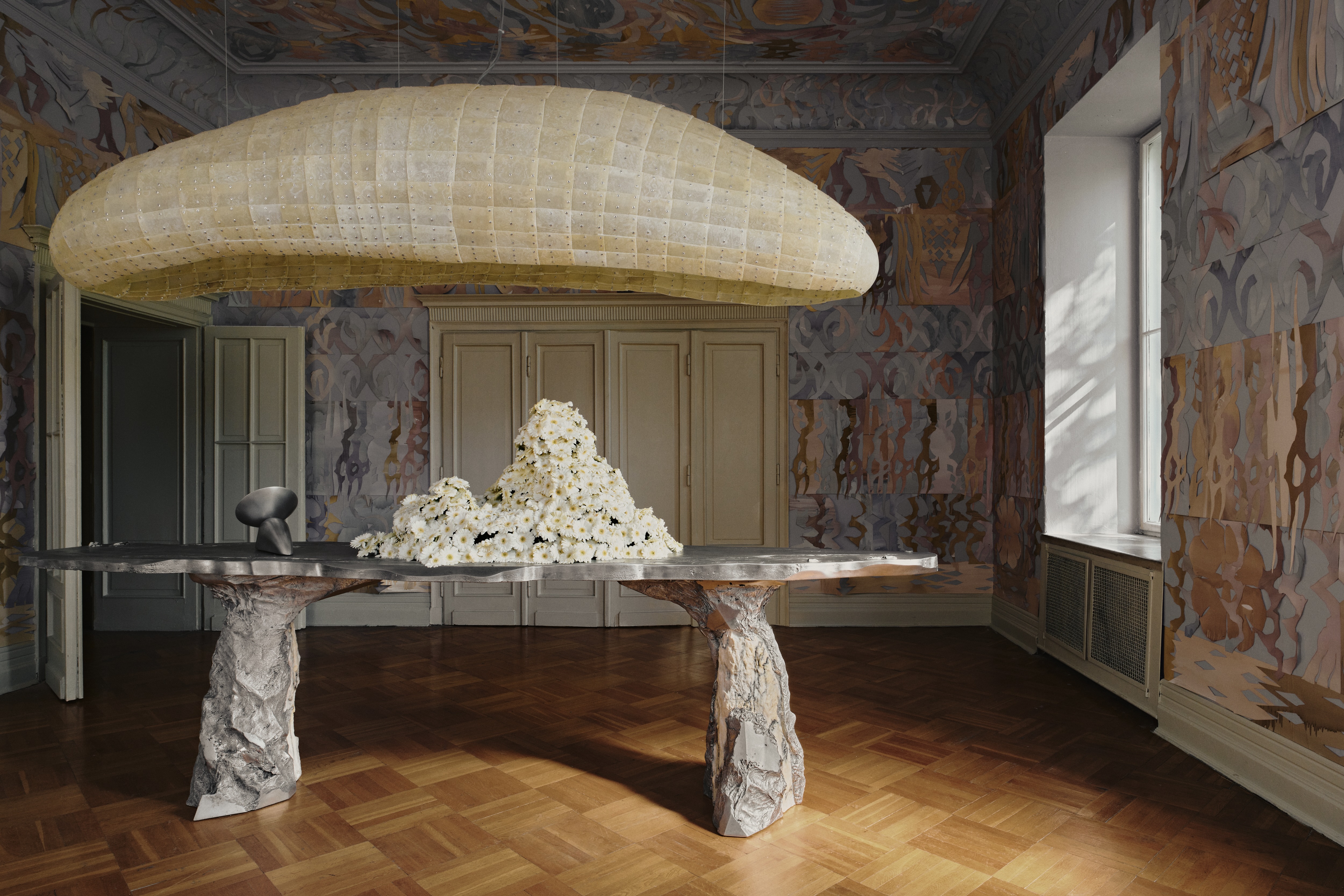
In the crowded calendar of international design weeks, country-specific showcases can be hit or miss. At their best, they spotlight creative cultures on the brink of global recognition. At their worst, they read like hastily assembled national portfolios, more diplomatic than design-driven. ‘Romantic Brutalism: A Journey into Polish Craft and Design’, firmly lands in the former category –more provocation than presentation. The exhibition was first unveiled at Milan Design Week 2025 and is now on view in Warsaw until 14 May at the newly restored Gawroński Villa.
Curated by Federica Sala and supported by the newly established Visteria Foundation, the exhibition marks the centenary of Poland’s debut on the international design stage at the 1925 Exposition Internationale des Arts Décoratifs in Paris. 'Poland [as it is today] was established as a nation in 1918, and the very first thing it did to present itself to the world – to say, “We have a national identity” – was to participate in the 1925 Expo in Paris,' says Sala. 'For the centenary, they revisited that idea: presenting the nation through art and design.'
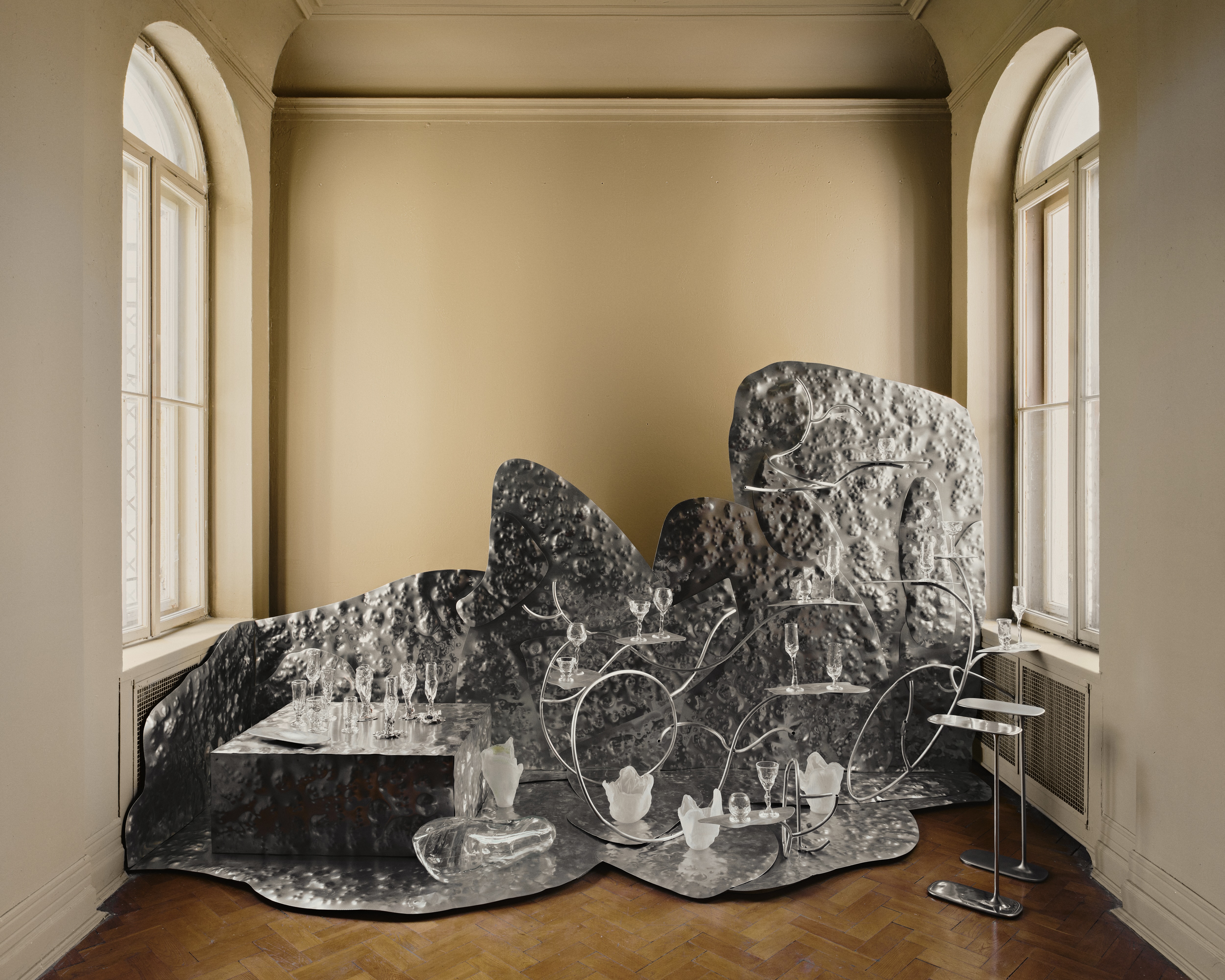
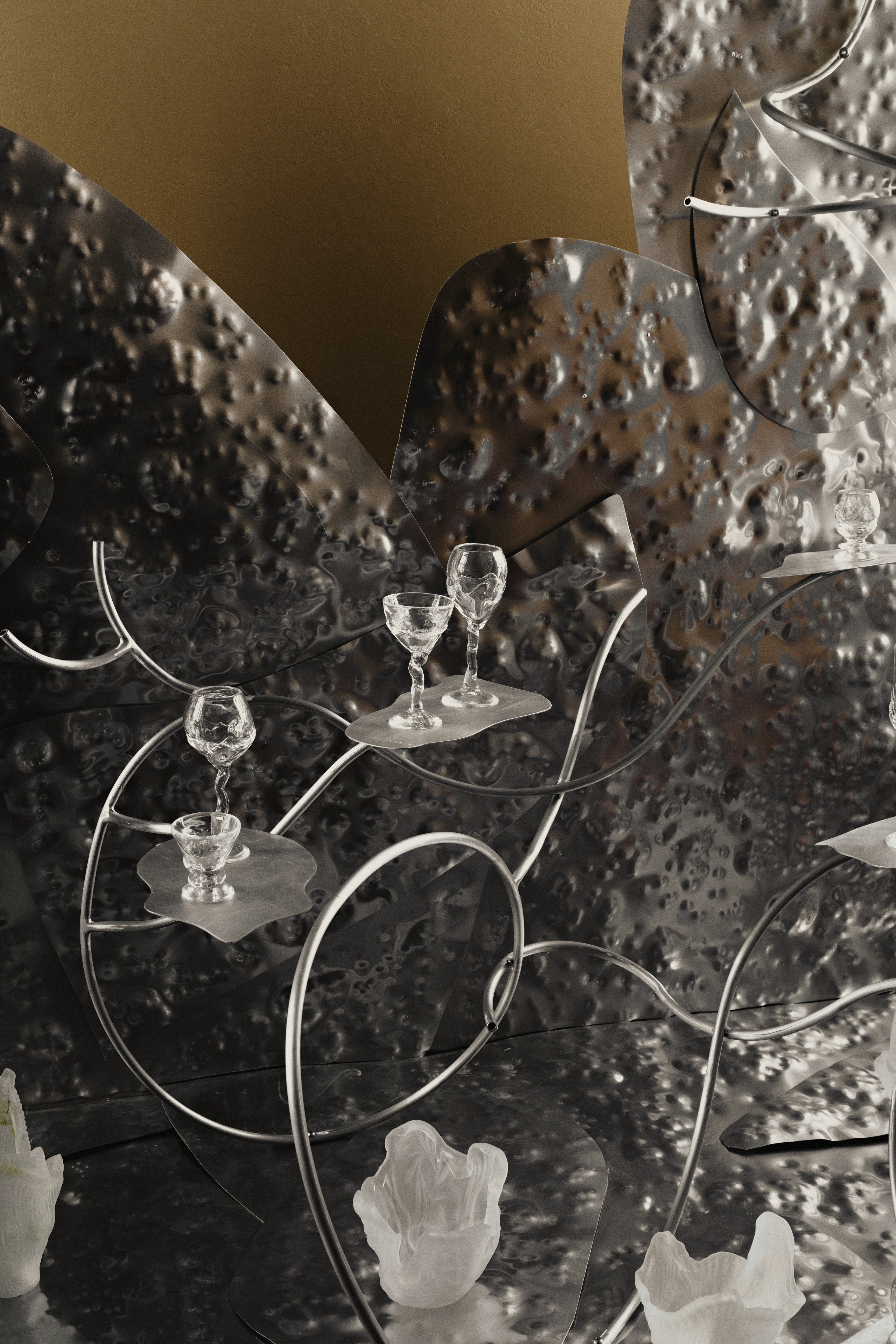
The show brings together 25 contemporary Polish designers, spanning emerging voices and established talents. 'The goal wasn’t to showcase young designers,' Sala explains, 'but rather to highlight those whose work reflects the essence of Polish design.'
Both the Milan and Warsaw stagings were installed within domestic spaces, which allowed the exhibition to be structured across a sequence of rooms loosely organised by material. 'The idea was to focus on materials commonly used in Polish design,' says Sala, 'glass, ceramics or porcelain, wood, metal, and textiles.'
In the room dedicated to glass, curling, botanical sculptures by Filomena Smola rested atop plinths shaped like disembodied arms and hands emerging from the floor. Elsewhere, in the wood section, finely crafted pieces by Aleksander Oniszh and Anna Bera explored the tactile extremes of the medium: Oniszh’s chair was shaped by mechanical improvisation, while Bera’s oval mirrors revealed the human touch of hand-sculpting. Both were displayed on asymmetrical blocks that nodded to Poland’s brutalist architecture, playfully adorned with childlike scribbles that conjured images of schoolyard graffiti.
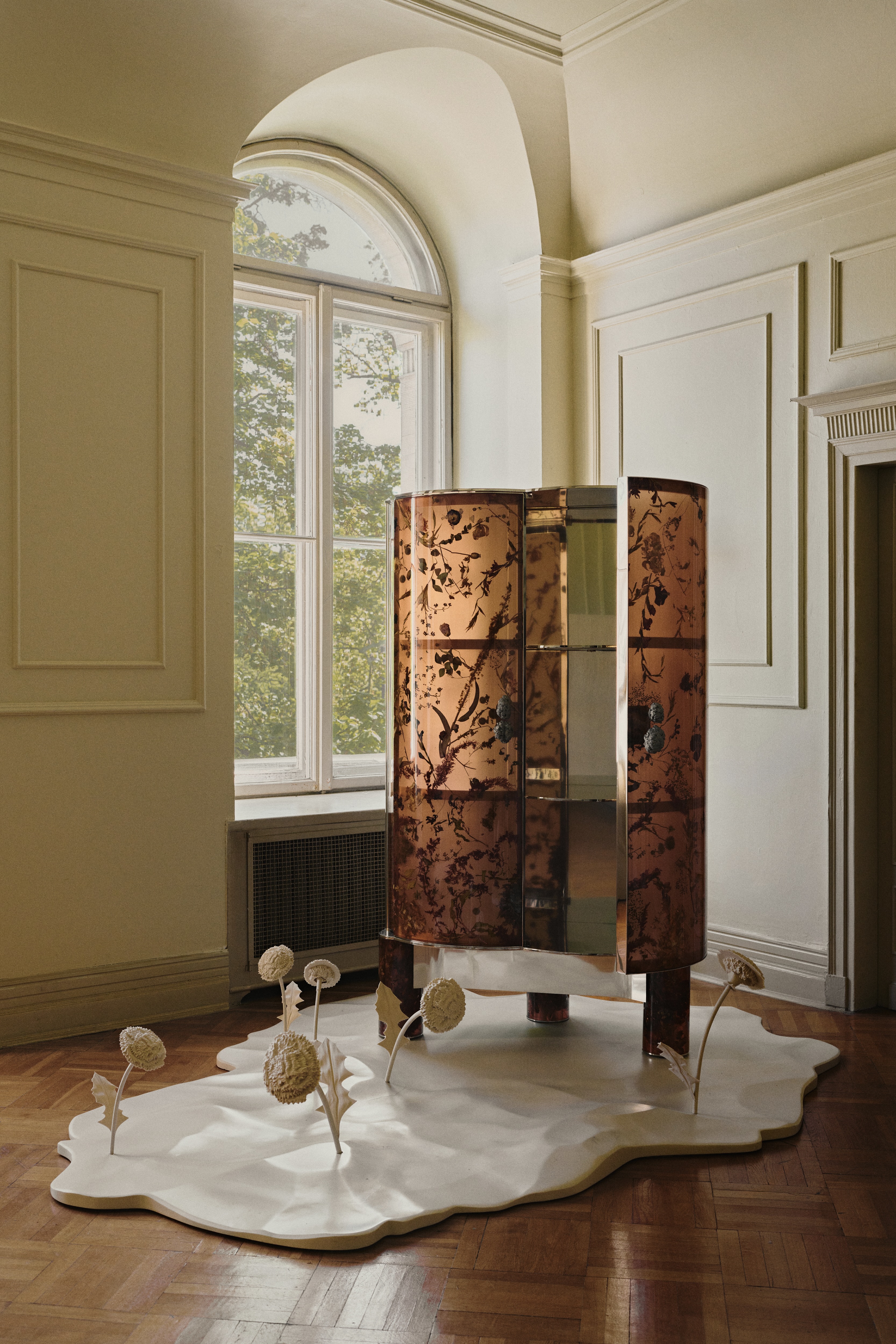
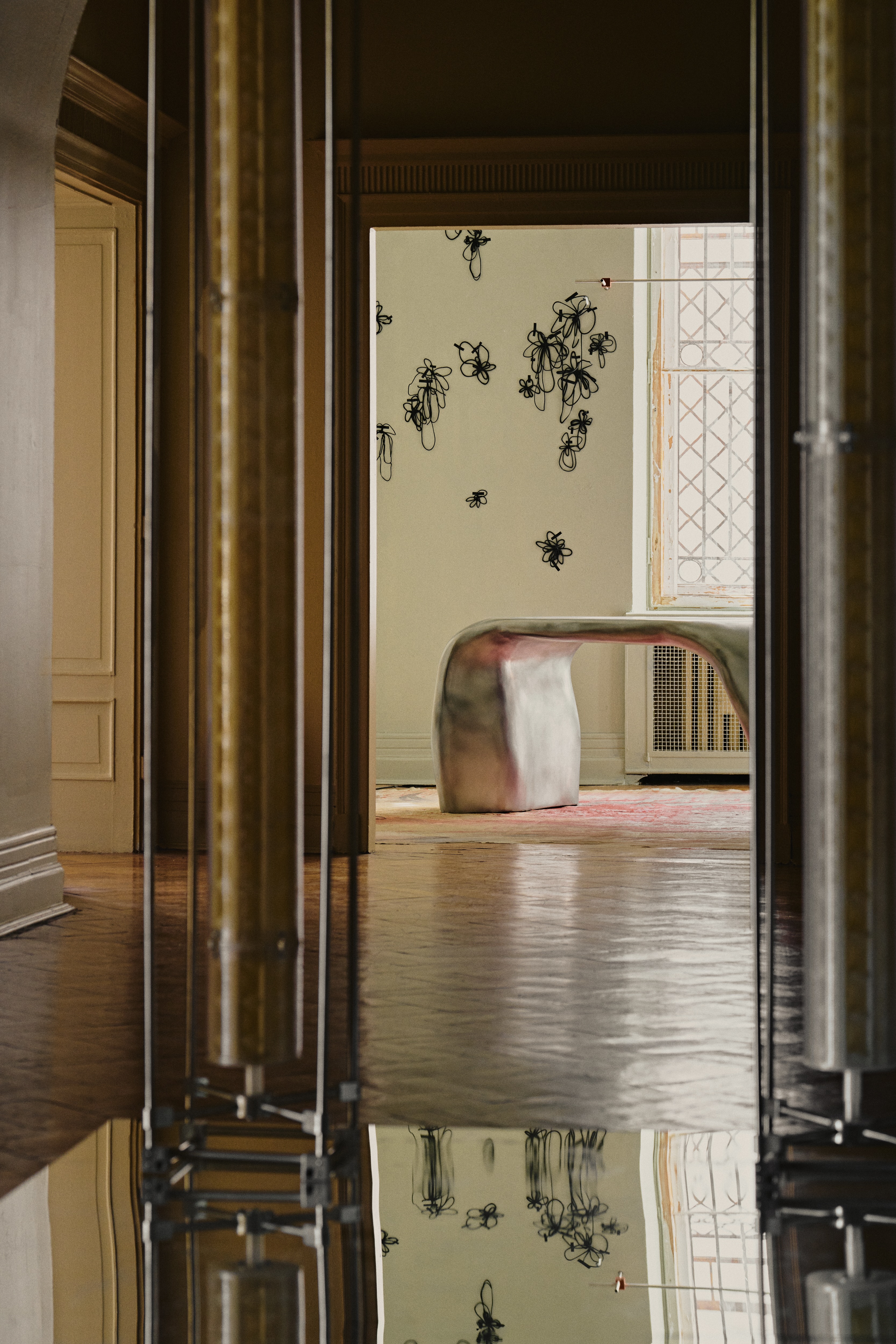
Lace, one of Poland’s most iconic traditions, was reinterpreted in unexpected ways. 'The intention was to connect with the past, but also to show how things have changed,' Sala says. 'For example, Kasia Kucharska created rubber lace – a yellow tablecloth in one red room, and black rubber lace flowers in another.' Fashion designer Zofia Chylak – one of the few working in wearables – presented two dramatic pieces made in collaboration with artisans from the town of Bobowa, using traditional bobbin lace techniques. The accessories feature daisy, lily, and chestnut leaf motifs, rooted in folk tradition but unmistakably modern in execution.
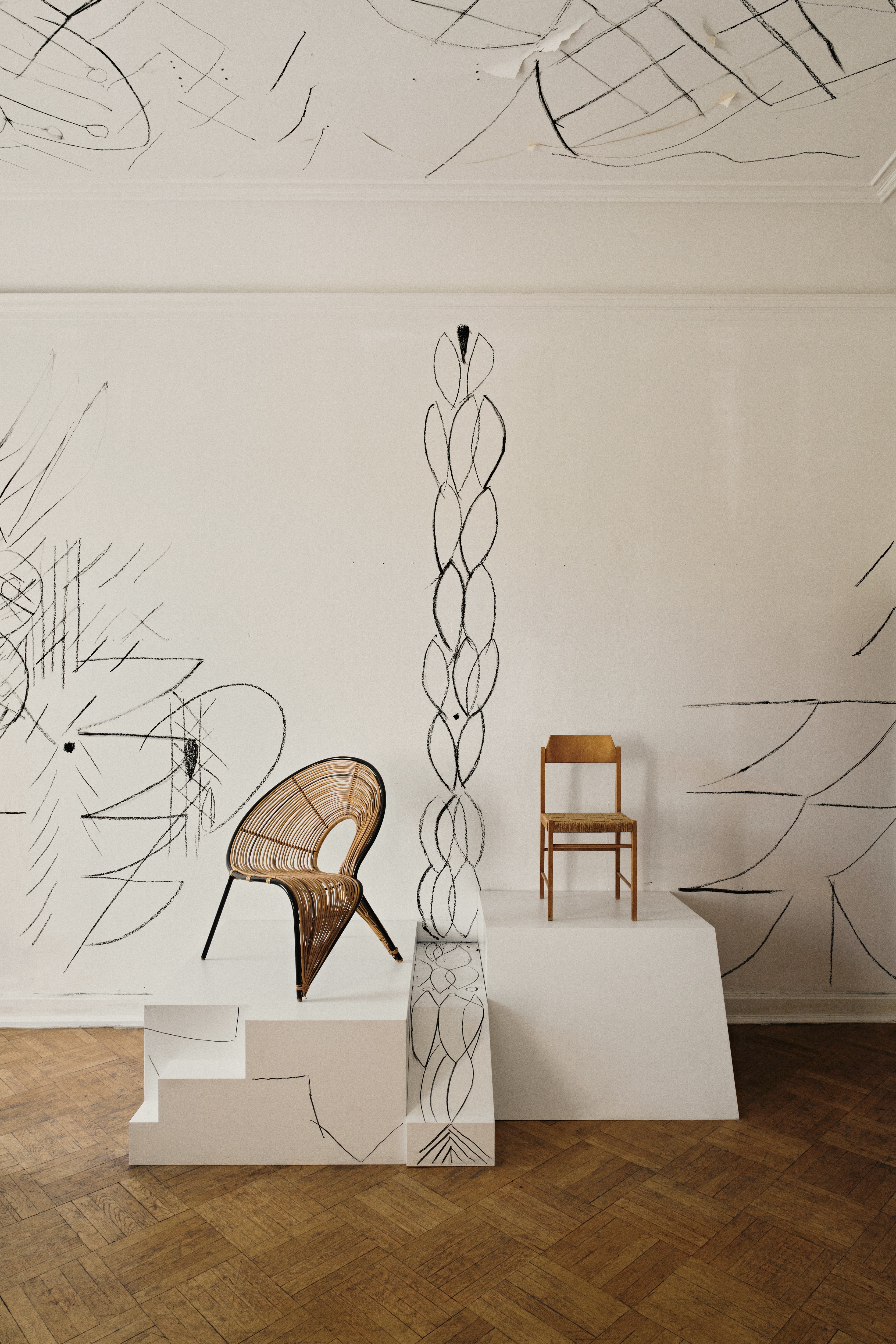
Unifying the experience was the scenography by Zuza Paradowska of Paradowski Studio, who imagined each room as a kind of theatrical disruption. Her most striking gesture came at the entrance: the walls and ceilings were covered with hand-dyed paper cut-outs – a nod to Poland’s wycinanki folk art tradition – transforming the threshold into a kaleidoscopic, folkloric portal.
Receive our daily digest of inspiration, escapism and design stories from around the world direct to your inbox.
'I hope this exhibition positions Poland as a serious player in the world of art and design,' Sala says. 'It’s not something that’s just emerging – it’s already here.'
'Romantic Brutalism: A Journey into Polish Craft and Design' takes place at Willa Gawrońskich, al. Ujazdowskie 23, Warsaw until 14 May 2025. The exhibition is organised by the Visteria Foundation
Laura May Todd, Wallpaper's Milan Editor, based in the city, is a Canadian-born journalist covering design, architecture and style. She regularly contributes to a range of international publications, including T: The New York Times Style Magazine, Architectural Digest, Elle Decor, Azure and Sight Unseen, and is about to publish a book on Italian interiors.
-
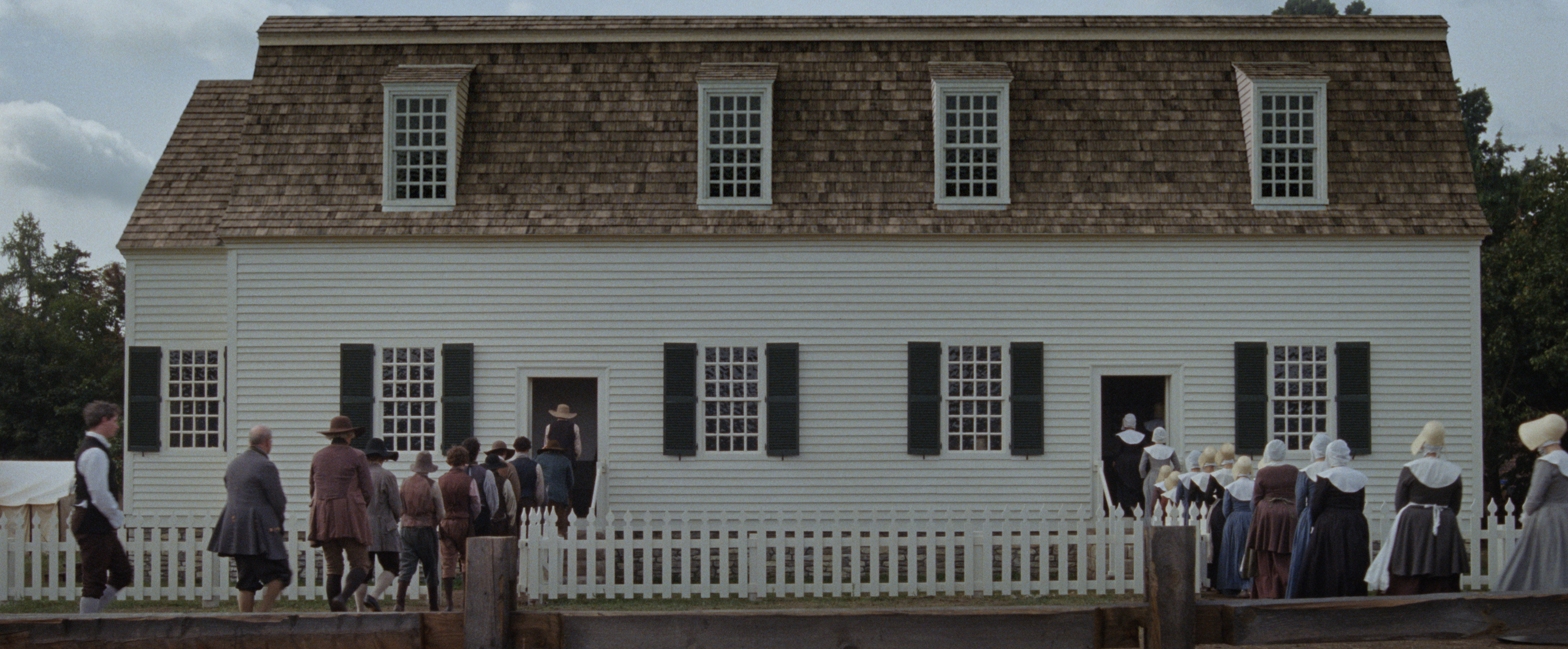 The Testament of Ann Lee brings the Shaker aesthetic to the big screen
The Testament of Ann Lee brings the Shaker aesthetic to the big screenDirected by Mona Fastvold and featuring Amanda Seyfried, The Testament of Ann Lee is a visual deep dive into Shaker culture
-
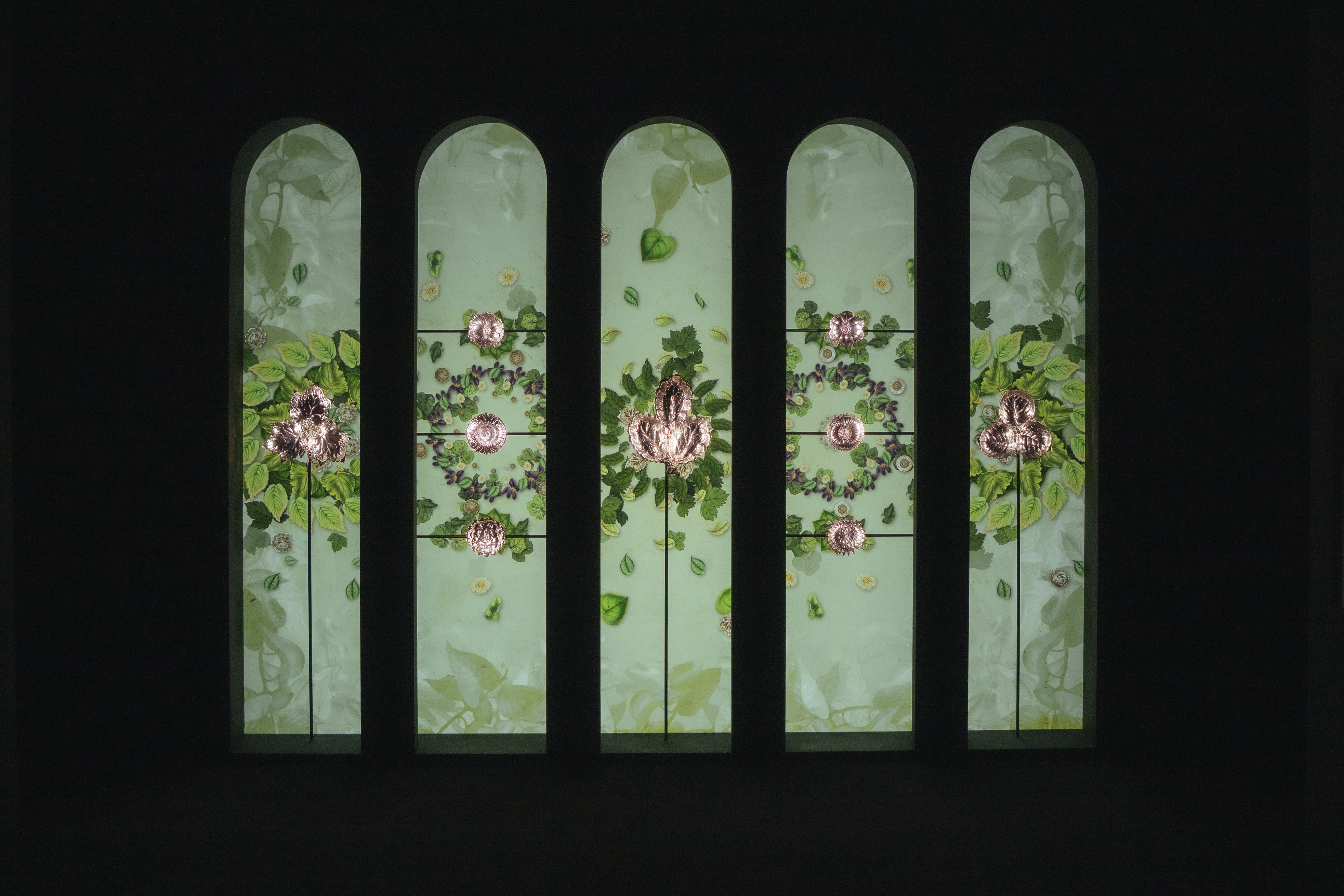 Dive into Buccellati's rich artistic heritage in Shanghai
Dive into Buccellati's rich artistic heritage in Shanghai'The Prince of Goldsmiths: Buccellati Rediscovering the Classics' exhibition takes visitors on an immersive journey through a fascinating history
-
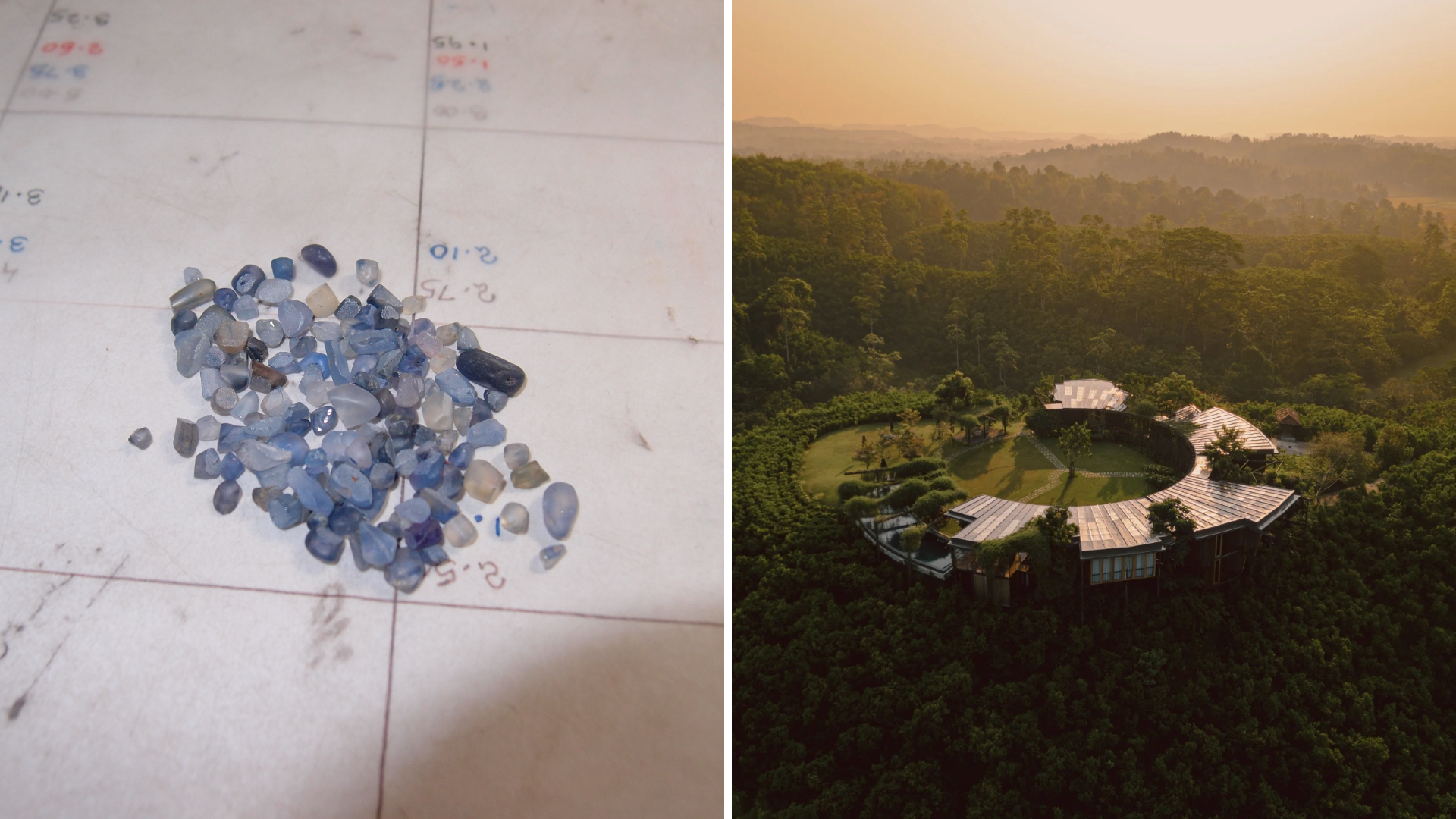 Love jewellery? Now you can book a holiday to source rare gemstones
Love jewellery? Now you can book a holiday to source rare gemstonesHardy & Diamond, Gemstone Journeys debuts in Sri Lanka in April 2026, granting travellers access to the island’s artisanal gemstone mines, as well as the opportunity to source their perfect stone
-
 ‘Locally anchored and globally conversant’: Salone del Mobile debuts in Saudi Arabia
‘Locally anchored and globally conversant’: Salone del Mobile debuts in Saudi ArabiaSalone del Mobile lands in Riyadh (26-28 November 2025), bringing its creative and manufacturing know-how to one of the world’s fastest-growing markets and setting the stage for Italo-Saudi design relations
-
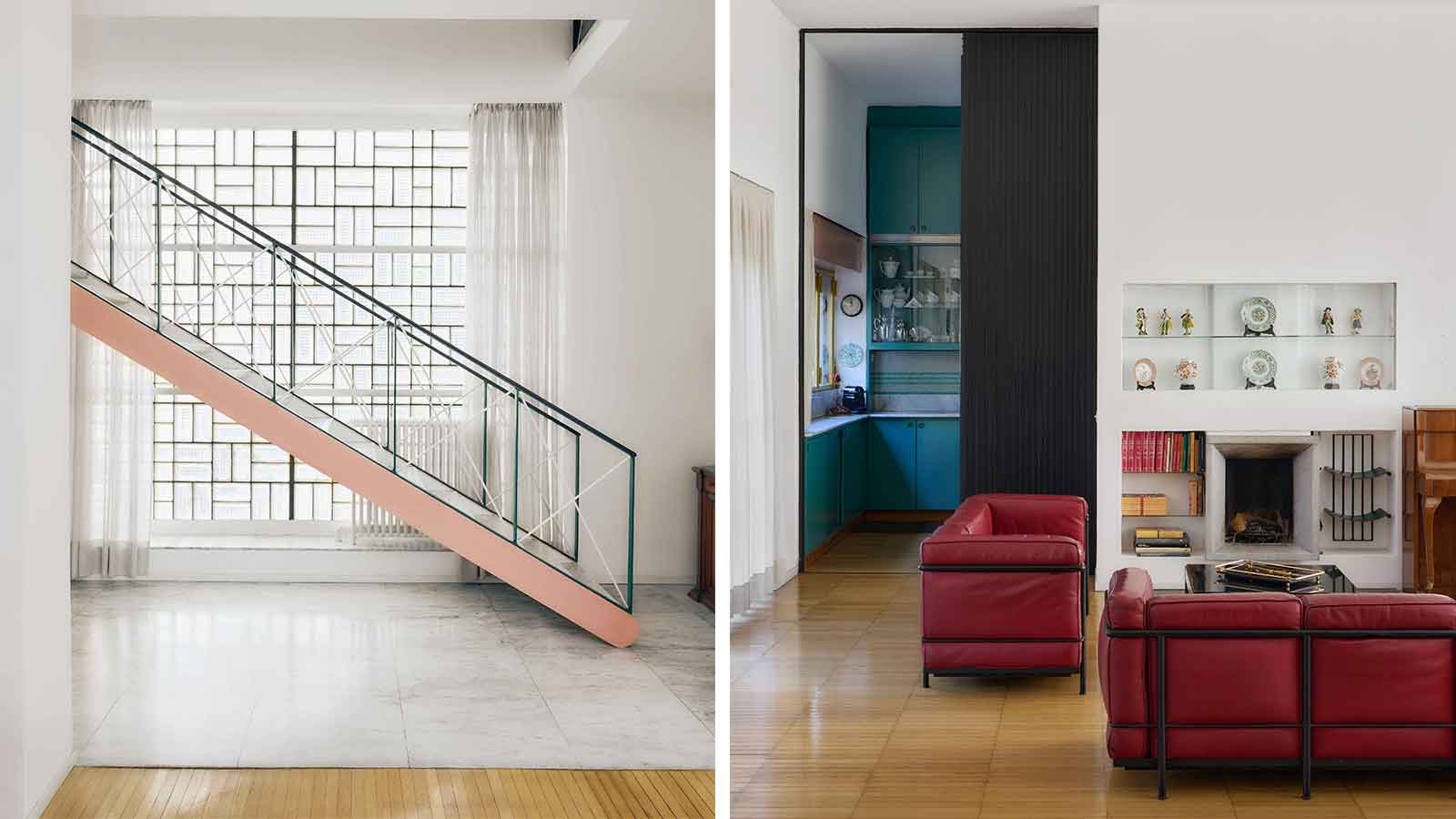 Alcova 2026 locations include a Rationalist gem and an abandoned church
Alcova 2026 locations include a Rationalist gem and an abandoned churchAlcova returns for an 11th edition in 2026 (20-26 April), once again opening up two exclusive Milanese locations, the Baggio Military Hospital and Franco Albini's Villa Pestarini
-
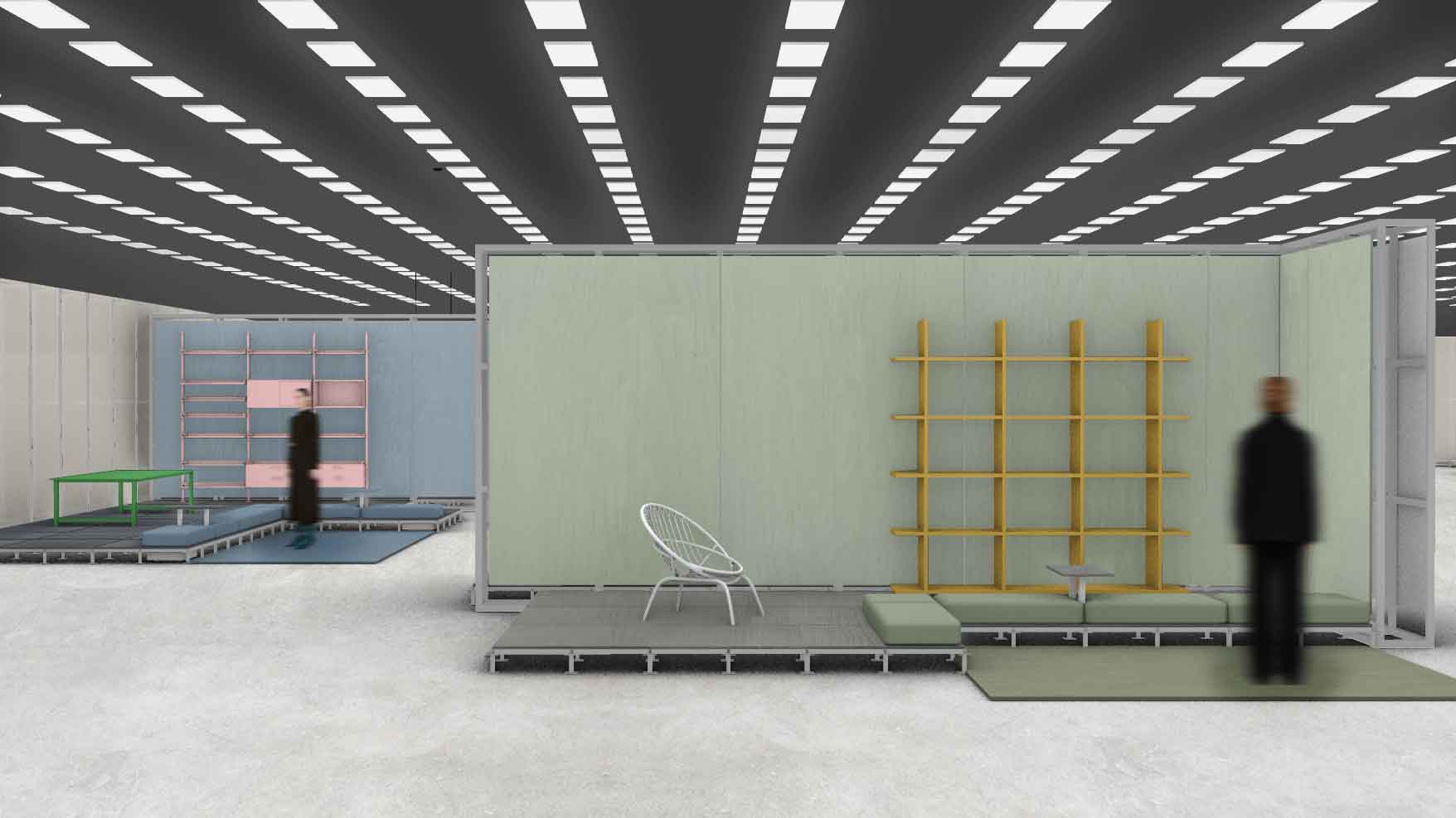 Salone del Mobile 2026 will embrace collectible design with Salone Raritas
Salone del Mobile 2026 will embrace collectible design with Salone RaritasSalone del Mobile has Salone Raritas, a new exhibition space at the fair (21-26 April 2026), curated by Annalisa Rosso and designed by Formafantasma
-
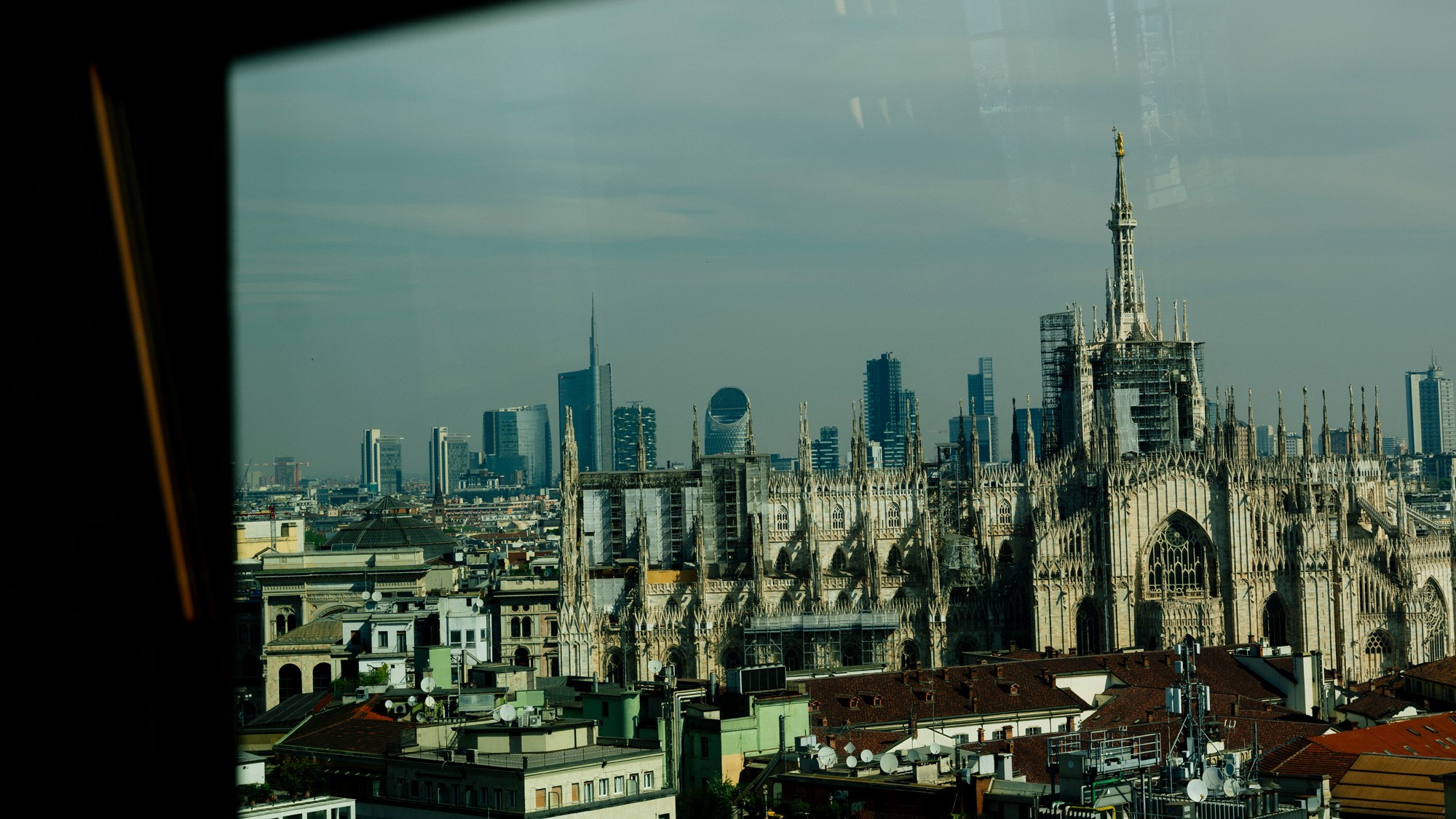 O Milano! Design's epic annual spectacle in photos
O Milano! Design's epic annual spectacle in photosCall us biased, but we believe that Milan Design Week is, at this moment in time, the greatest show on earth
-
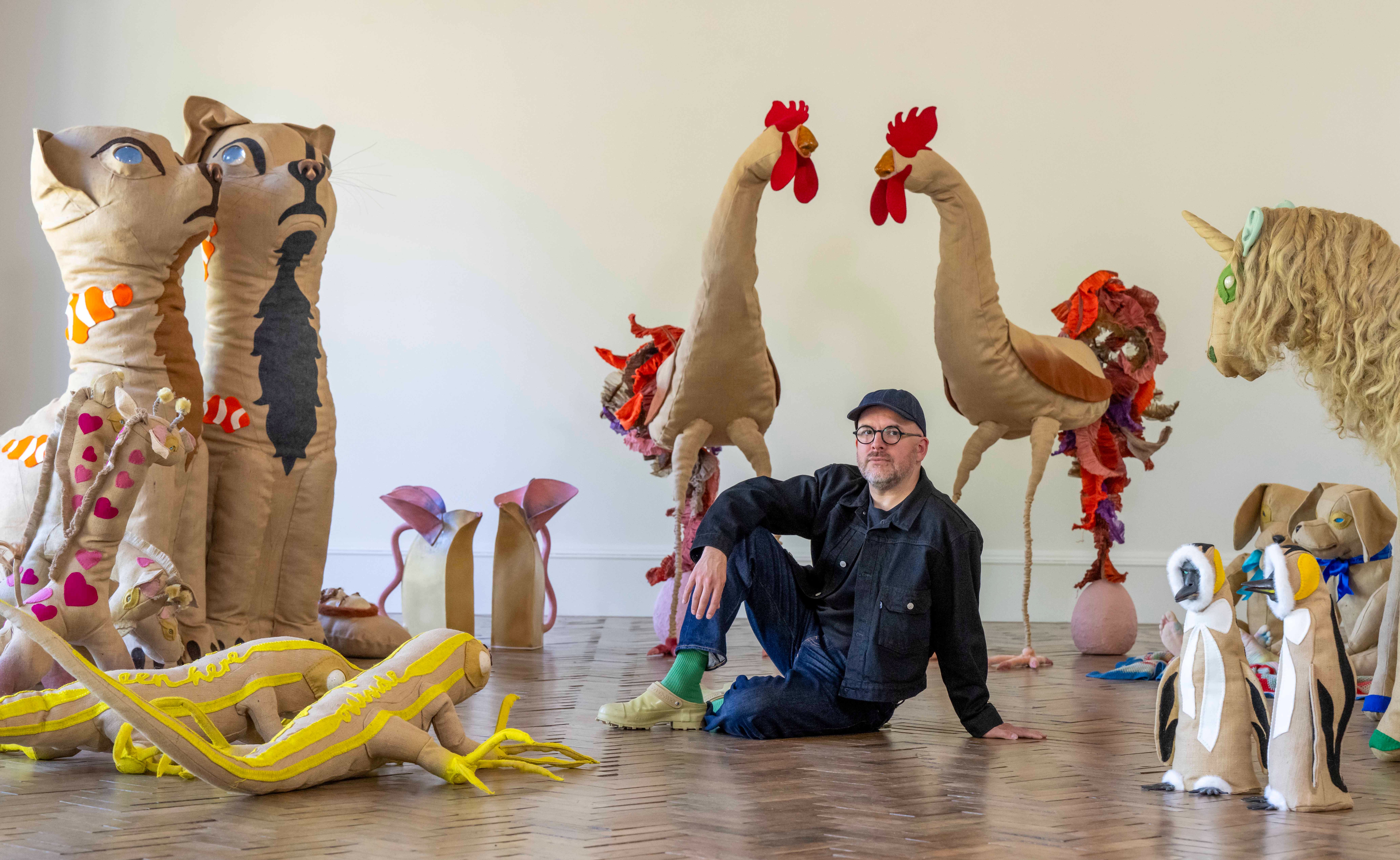 The animals came in two by two, hurrah!
The animals came in two by two, hurrah!Jonathan Baldock’s ‘WYRD’ menagerie takes up residence at Scotland’s Jupiter Artland for the summer
-
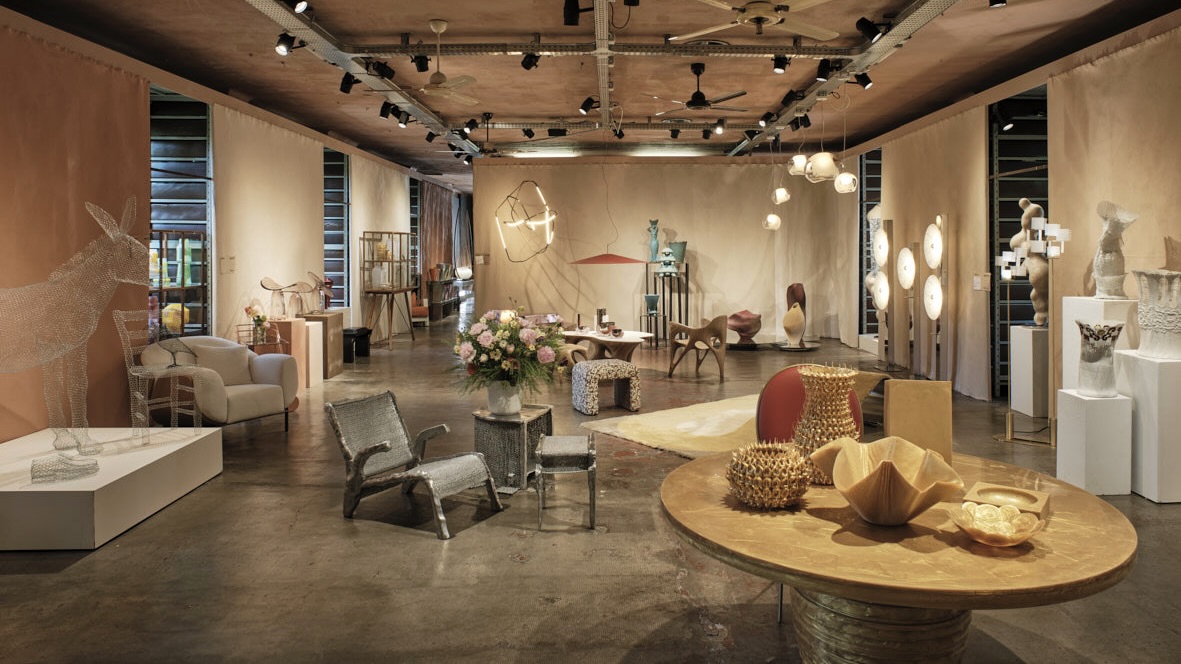 Eight designers to know from Rossana Orlandi Gallery’s Milan Design Week 2025 exhibition
Eight designers to know from Rossana Orlandi Gallery’s Milan Design Week 2025 exhibitionWallpaper’s highlights from the mega-exhibition at Rossana Orlandi Gallery include some of the most compelling names in design today
-
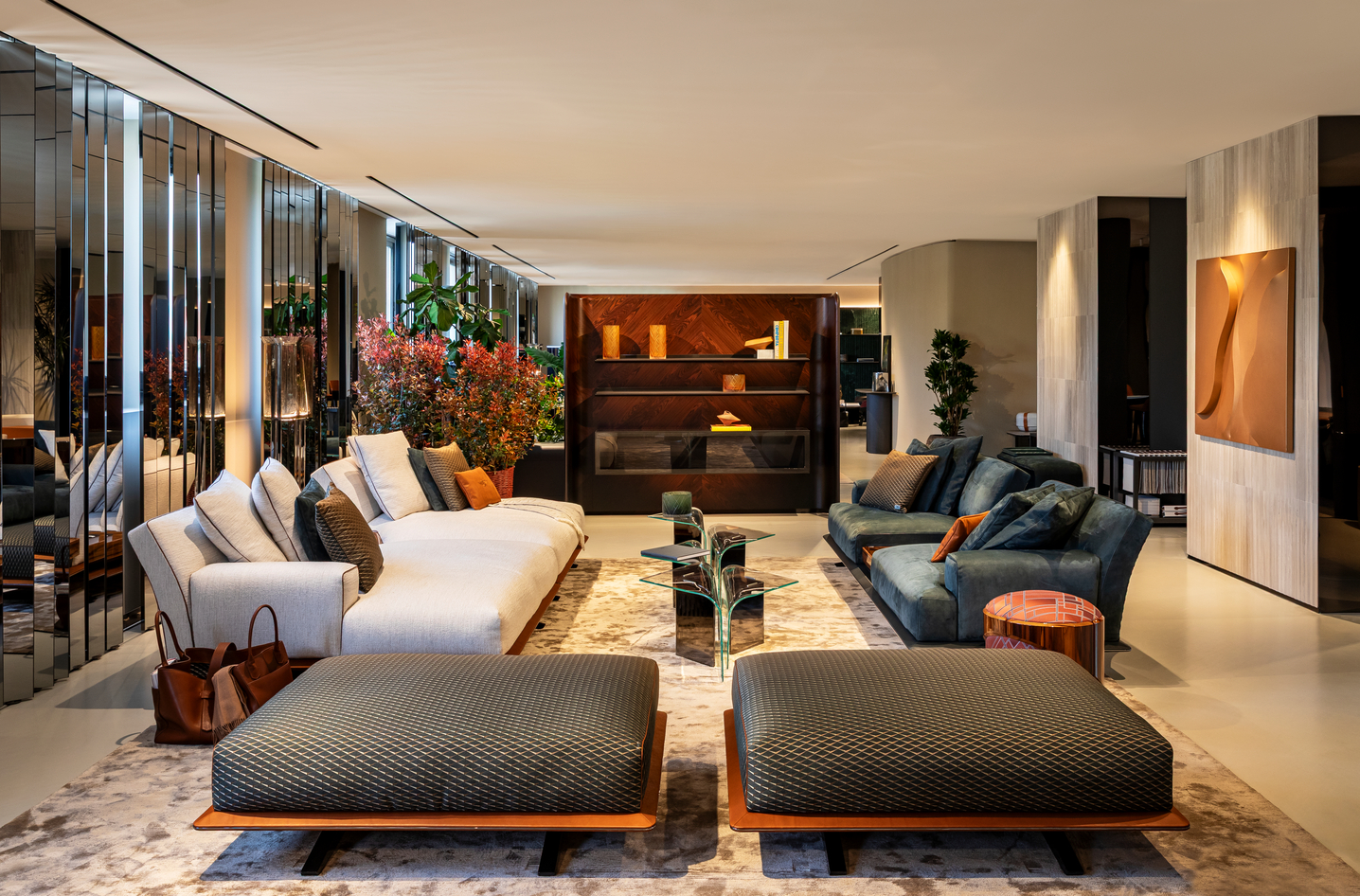 Bentley’s new home collections bring the ‘potency’ of its cars to Milan Design Week
Bentley’s new home collections bring the ‘potency’ of its cars to Milan Design WeekNew furniture, accessories and picnic pieces from Bentley Home take cues from the bold lines and smooth curves of Bentley Motors
-
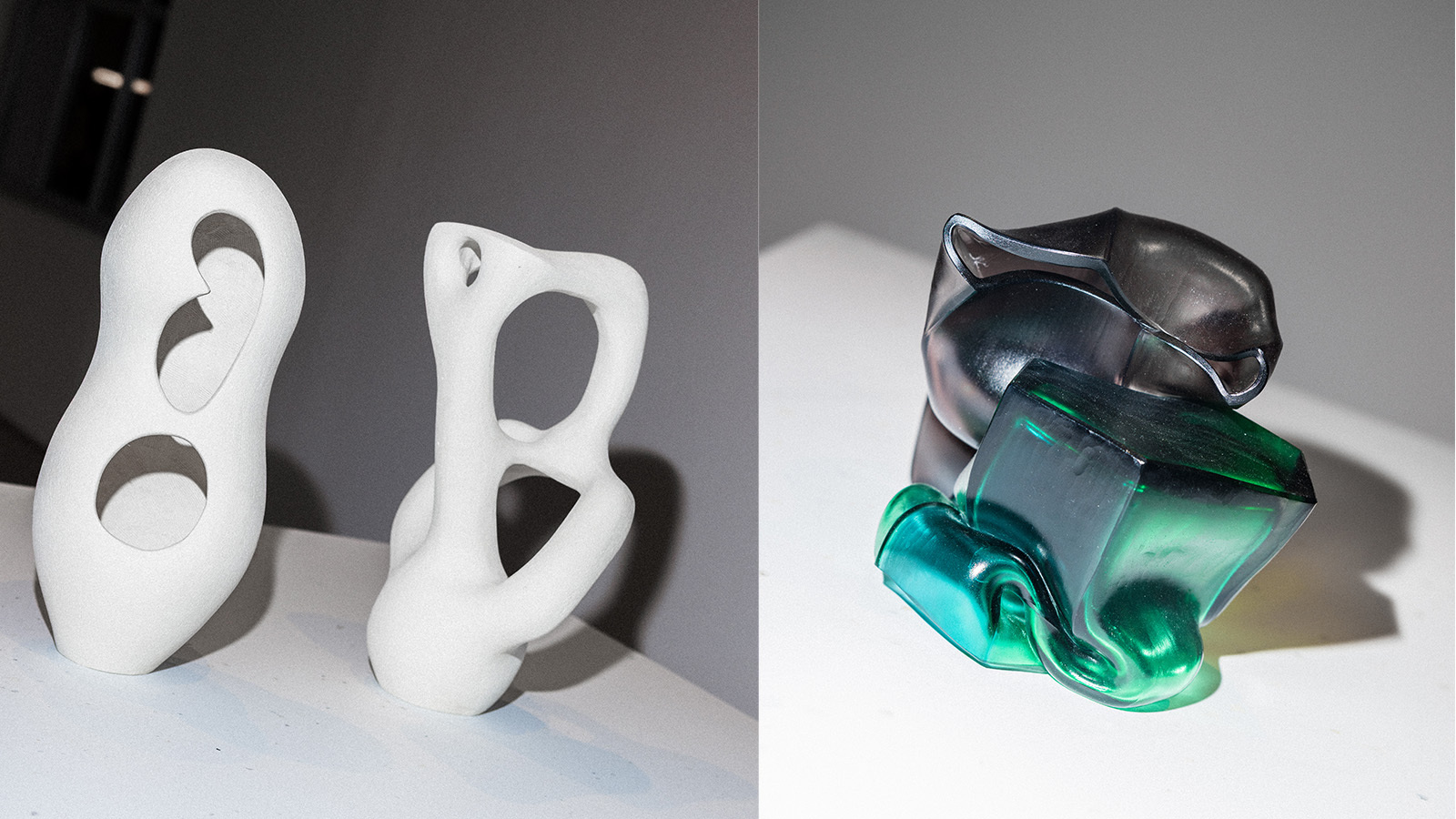 StoneX partners with Wallpaper* for material alchemy at Milan Design Week and beyond
StoneX partners with Wallpaper* for material alchemy at Milan Design Week and beyondThe natural stone purveyor teams up with Wallpaper* for a three-year partnership of material adventures, starting with an exhibition at Triennale di Milano